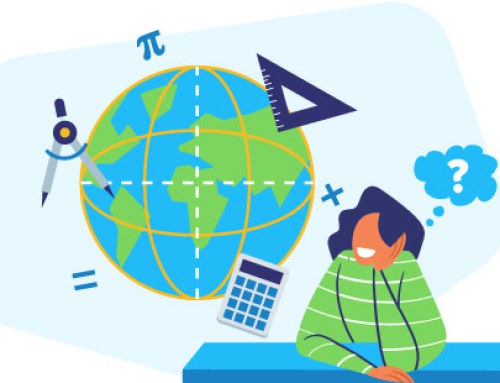As a parent, teaching your child mathematics skills is an important part of their education. But with the constant hustle and bustle of daily life, it can be difficult to find the time.
Fortunately, there are lots of ways to sneak in simple mathematics practice into every day activities – like shopping at the supermarket!
Why not turn shopping time into a fun mathematics adventure, by engaging in activities that help reinforce important mathematical skills?
Giving children the opportunity to learn mathematics at the supermarket has many beneficial outcomes; it helps to build on the previous knowledge they have gained in the classroom, while also introducing them to problem solving techniques they can take away with them.
In this post, we’ll explore 6 easy ways you can do to turn weekly trips to the supermarket into a hands-on real world learning experience for your little mathlete!
1. Cost of Meals
Step 1: If you’re planning a meal or even multiple meals, plan out the menu with your child before going to the store.
Step 2: Make a list of items you will need and the quantity of each item.
Step 3: As you are collecting the items at the grocery store, have your child write down the cost of each item. For produce, make sure to weigh the items and have them determine the price before going to the cashier.
Note: Weighing items and determining total cost can be an ongoing activity throughout the supermarket for loose items that are priced by weight.
Step 4: Once you have returned home, your child can calculate the total cost of the meal and the cost per person in your family.
2. Daily, weekly and monthly amounts of customers
Ask the manager of a local store the average number of customers that come to the store each day. You can ask the manager together, or have your child ask independently if they are comfortable with doing so. Using the answer they receive from the manager, have your child estimate the number of customers per week, month and even year.
3. Best Value Buys
Step 1: Using an item from your shopping list, find two brands of the same item in different sizes.
Step 2: Record the weight and price for each item.
Step 3: Calculate which one is the better buy based on price per unit.
4. Rounding Receipts
Step 1: Save all receipts from your shopping trip.
Step 2: Have your child round each item price to the nearest $0.10, $0.50 and/or $1.00.
Step 3: Calculate the total using each method. Compare.
5. Shopping Carts and Baskets
Use the shopping carts and baskets for a few activities.
What are the dimensions? What is the capacity? How many cereal boxes can fit inside? (Make sure to put all the boxes back!)
6. How many items on the shelf?
Step 1: Choose a section of the shelf that is organised well. Spices, canned foods and cereal boxes work well.
Step 2: Have your child estimate the amount of the item on that section of the shelf.
Step 3: Count the exact amount and compare it to the estimation.
Mathematics is a valuable part of everyday life that can help children build problem-solving and analytical skills that will carry with them throughout their lives.
Give these tips a go and watch your little mathlete become more engaged in mathematics around them. Don’t be afraid to encourage your child to ask questions and explore mathematics in their everyday environment.








